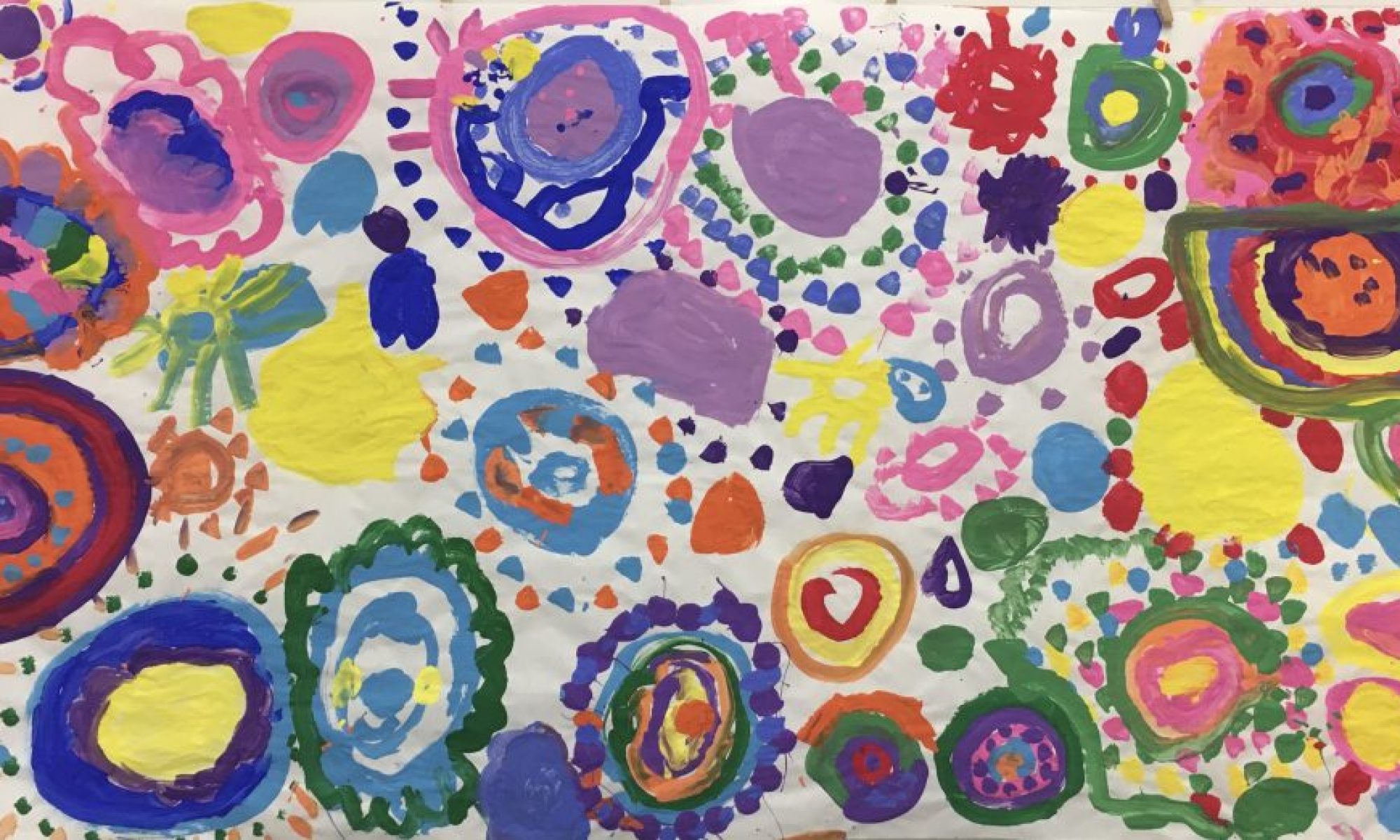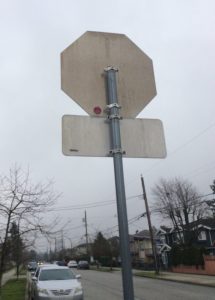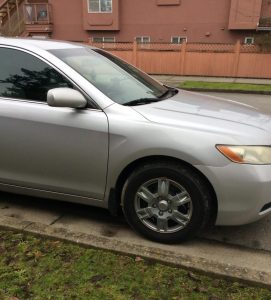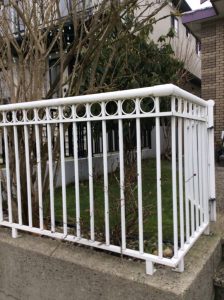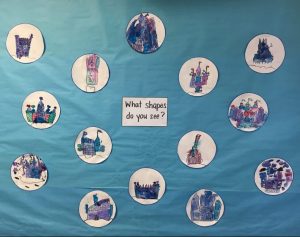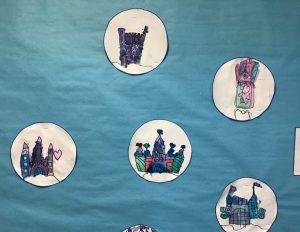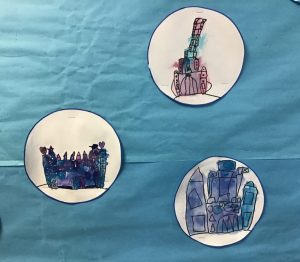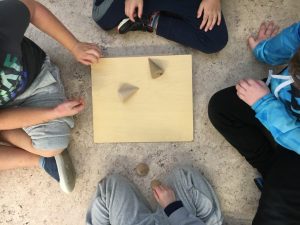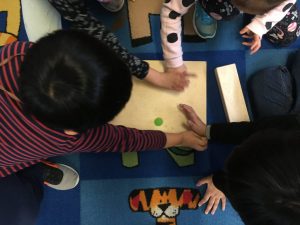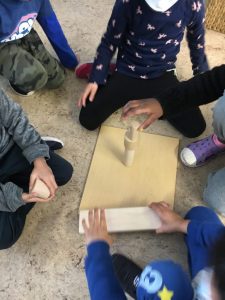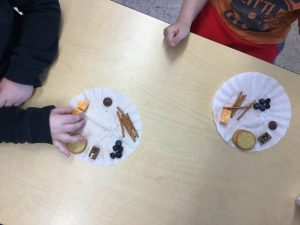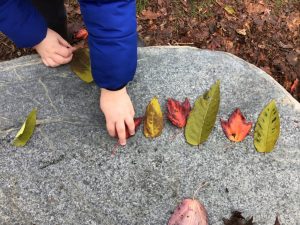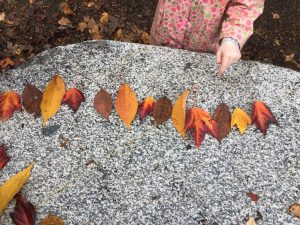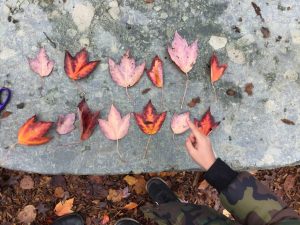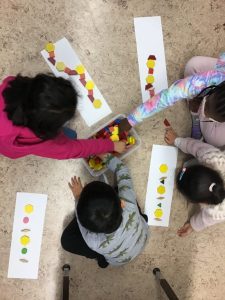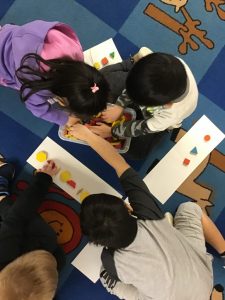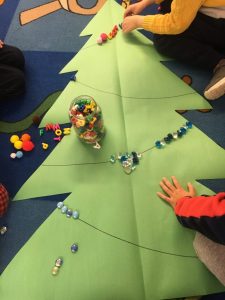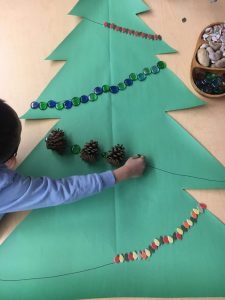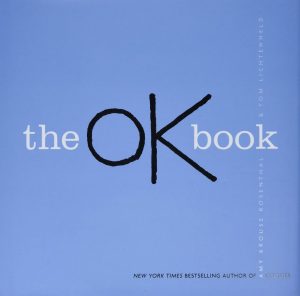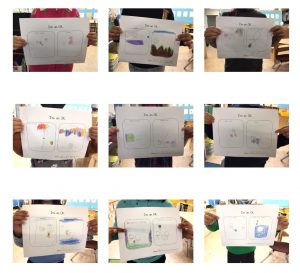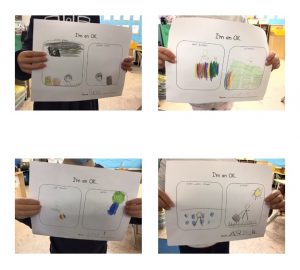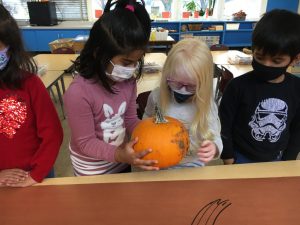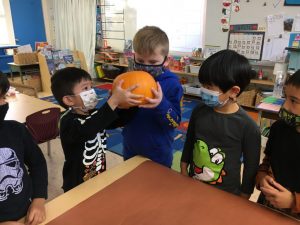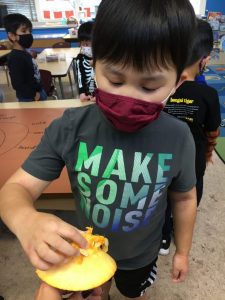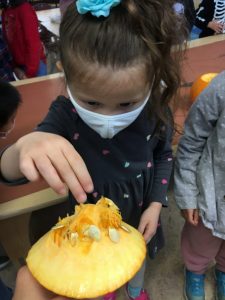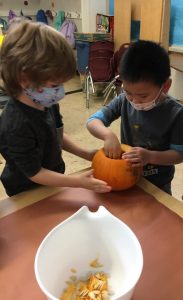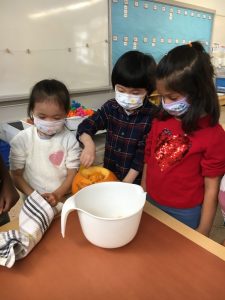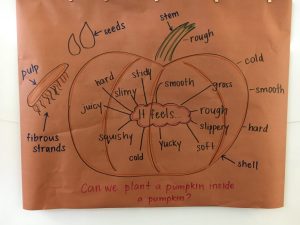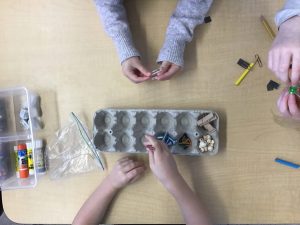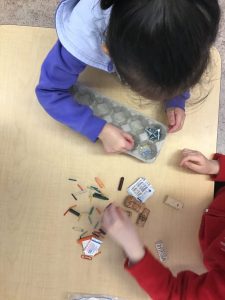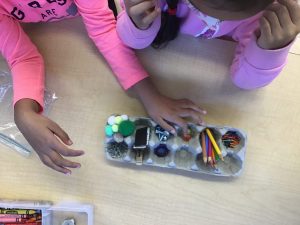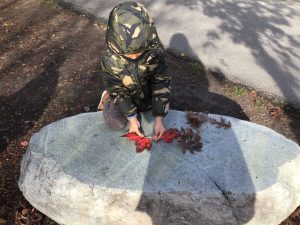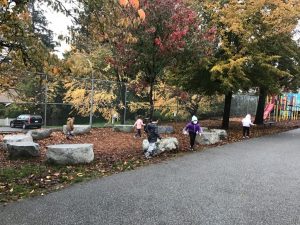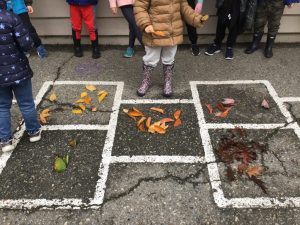Recently, we have been sharing what makes our families unique and special and recognizing underlying qualities that make our families similar to others despite culture, size or living situation. We hope you enjoy the family books we have been working on.
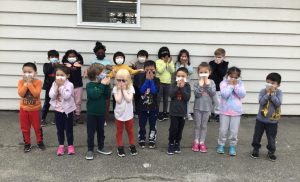
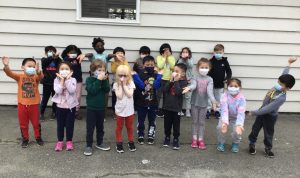
Here are some of our ideas about what all families are like:
HS: Family is you will be with your Mommy and Daddy. When I’m sad, my Mommy hugs me.
LB: Family is holding hands with Mommy.
DF: Family can be like your extended family, like my Aunty Leah, Uncle Will, Grandpa Frank.
JT: Family will take you to the mall and my Mom feels happy when it’s tidy, super duper tidy in the toy room.
KR: My mommy and my daddy are so nice.
MC: Your family is supposed to be together with you and some people have different skin in their family. it makes me happy when my family hug me.
RB: My Mom helps me.
AS: I help my Mom.
DT: My grandma, Mom and Dad.
KR: My daddy is a good listener.
LD: When I hurt, Daddy, Mommy help me.
What is your favourite family memory?
